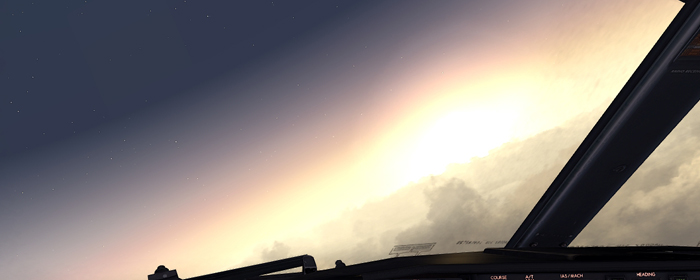System Description
Belavia Virtual Airlines emulates online operations of real Belavia
in VATSIM environment.
The basic sources of data for flight system are VATSIM statistics and network client.
The client utility (FS Agent) is designed to transmit to the website
more detailed information about the flight.
The site uses the following units: feet, pounds, nautical miles, knots.
All times are in UTC.
Call Sign
When performing scheduled and charter flights specified in the airline schedules pilot shall use a call sign
corresponding to the Flight Number (for example BRU243).
Flying online with the pilot’s personal call sign (for example, BRU7777) allowed for group flights or fly-ins
as well as when it is not possible to use Flight Number call sign (call sign is in use by another pilot in VATSIM).
Booking and Flying
The booking is performed on the website. A pilot selects an available scheduled flight, specifies
some flight parameters and confirms the booking. The flight is registered in EUROBOOK and Flight Plan
could be registered in VATSIM.
To be able to register Flight Plan in VATSIM it is necessary to allow pop-up windows for site
https://bru.soyuz.aero/ in Internet Explorer.
The pilot could book the flight in 24 hours prior to departure. But VATSIM keeps Flight Plan two hours
only and, because of this, Flight Plan could be registered in 2 hours prior to departure.
The airplane and the flight stay booked during 30 minutes after planned departure. But if the flight
is not started by this moment, the booking is canceled.
To perform the flight it is necessary to start Flight Simulator and FS Agent, login to VATSIM (via FSInn or
SqawkBox) with proper callsign, check the Flight Plan (if it was registered in VATSIM) or create a new one.
VATSIM renews its statistic every two minutes, so it could take a couple of minutes to confirm the flight in
VAU system. It is recommended to make sure that the flight is accepted by VAU system before engine start, but
it is possible by take-off.
If during the flight Internet connection is lost (or FS Agent is off) longer of 20-30 minutes, the flight
is cancelled.
The flight is considered as completed, if the pilot entered VAU system before take-off, was airborne,
covered 5 nm or more, landed, speed reduced below 20 knots, engines were off. Only online flights
are registered by VAU system.
It is prohibited to change time rate during the flight. In this case the flight is ignored and will not
be included to statistic.
Schedule
Flights schedule based on real airline schedule. Recommended commercial loading and
number of passengers are generated daily for each flight considering that weight of passenger is
equal to 170 lbs independent of aircraft type or cabin class.
Departure and arrival time, length of route are supplemental information and could be specified during
flight planning. On each flight could be assigned one or more types of aircraft by ICAO code. The pilot
could choose any aircraft from available.
The company could include charters in common schedule, but these charters system treats as regular
flights.
Routes
Recommended routes for regular flights are checked by administration and validated by current AIRAC.
During flight planning system suggests a recommended route and flight level, however the pilot could
enter own parameters.
Flight Plan
To provide normal work of the VA system, it is necessary to put aircraft tail number in Remarks field
of a Flight Plan in standard format REG/VPBVR (without hyphen). It is
strictly recommended to use flight number as a callsign. In case if callsign is not corresponding to flight
number, it should be included to Remarks in special format RTE/BRU0123.
Dispatch
Dispatch check route in accordance with current AIRAC and perform simplified fuel planning for some
aircraft types. The total fuel quantity required to fly is the sum of the following quantities:
- TAXI: quantity required for startup and taxi, including APU fuel within 15 min
- TRIP: fuel required from departure to destination including takeoff and climb on selected speed,
cruise on selected speed, descend from cruising level to altitude 1500 ft, approach and landing
- ALTERNATE: fuel required to fly from destination to alternate airport. It includes go-around,
climb to cruising level, cruise at long range speed, descend and approach procedure (minimal distance
to alternate 200 nm)
- HOLD: fuel for 30-min holding at 1500 feet
- RESERVE: contingency fuel (5% from a trip fuel)
Pilot and Plane Location
The system keeps the last landing airport as locations of pilots and planes. The company could
allow flights of pilots and planes from current location only, or set more flexible rules.
Weather
The VA system registers weather conditions during take-off and landing: intensity of perceptions
(by five-point scale), lateral component of wind, horizontal visibility. The weather conditions are
treated as complicated if intensity of perceptions is higher of 3 points, or lateral component is
10-20 knots, or horizontal visibility is lower 1,1 nm.
Minimal horizontal visibility for last six months stated as RVR (runway visual range) for
each pilot.




